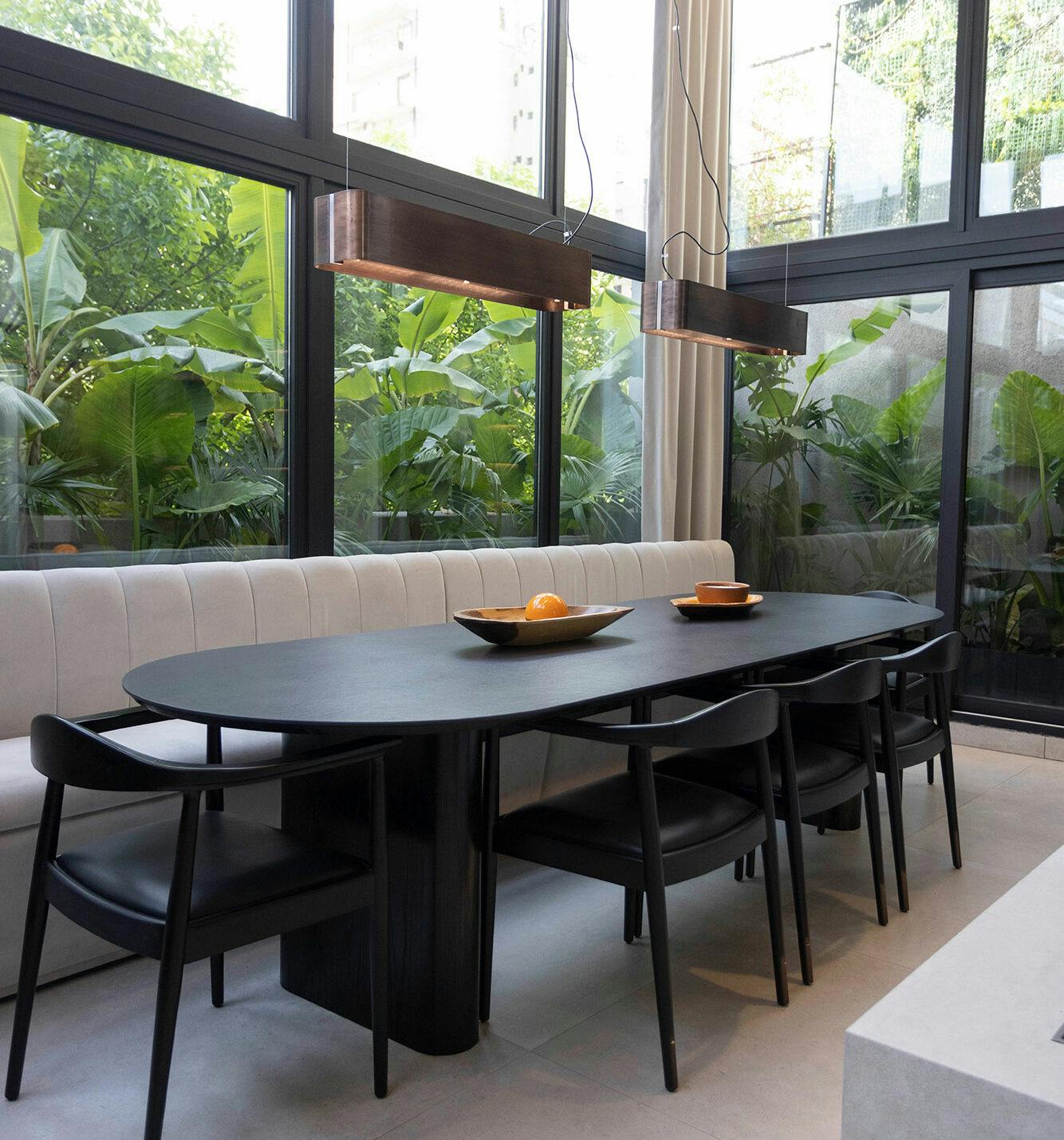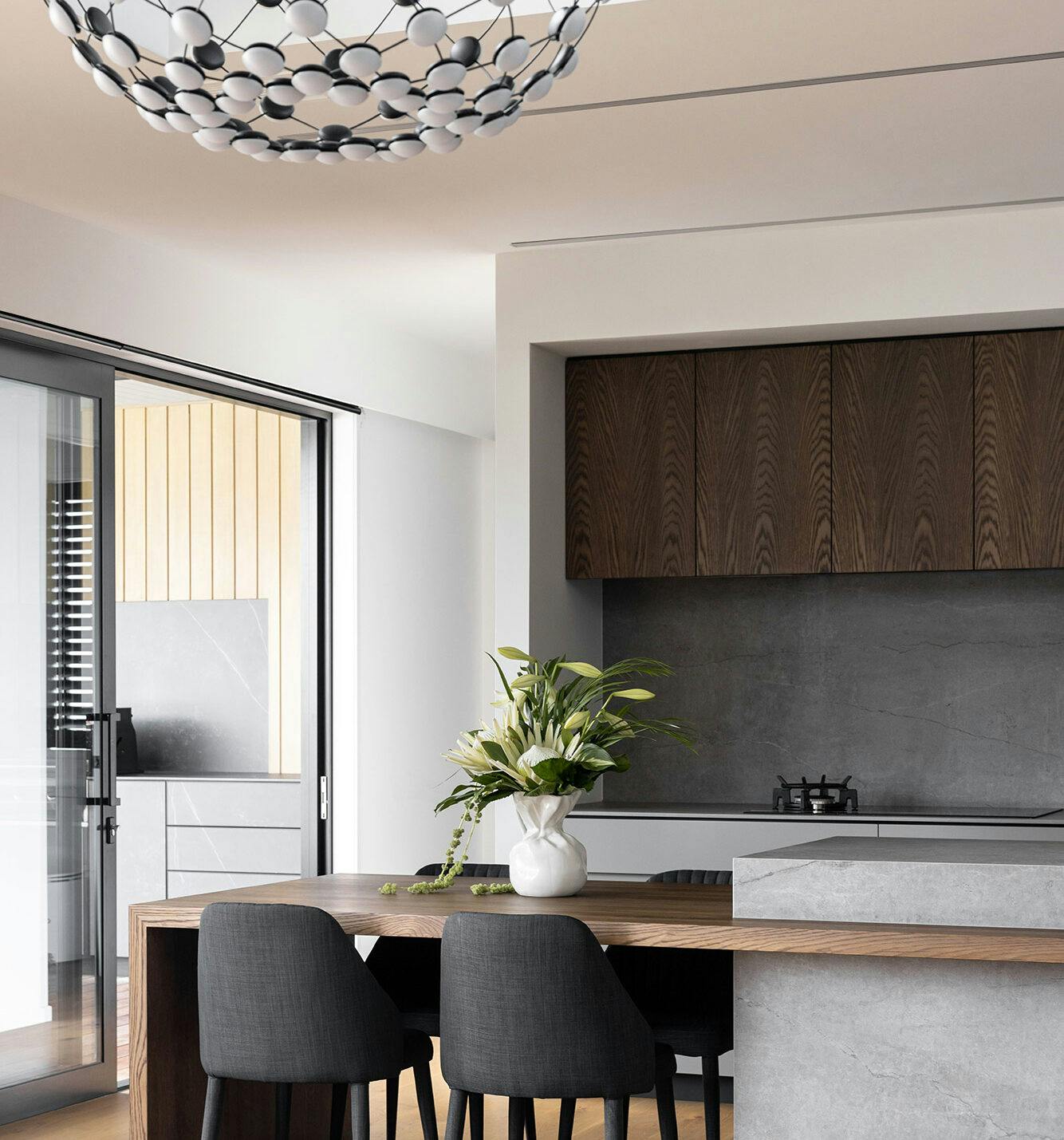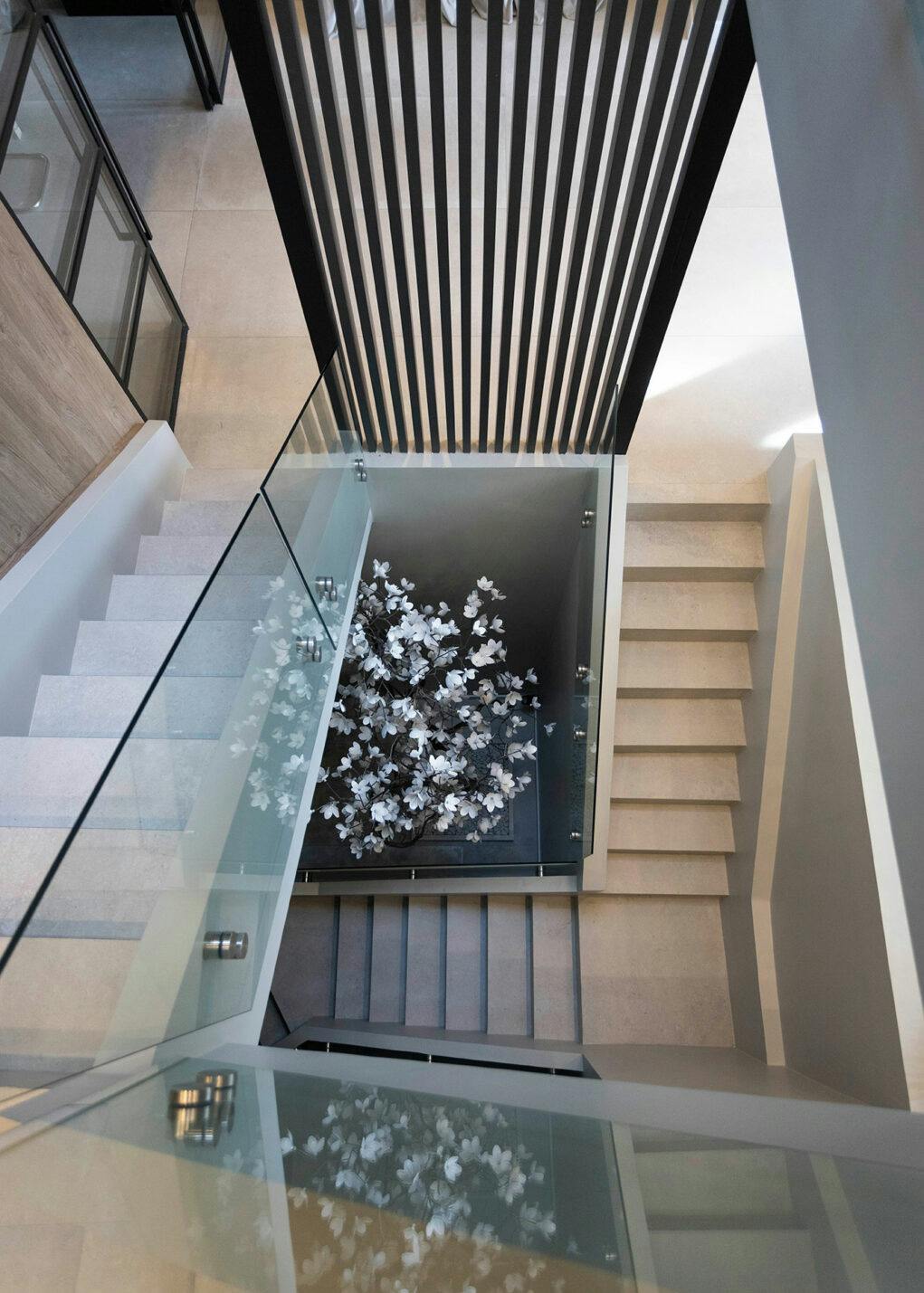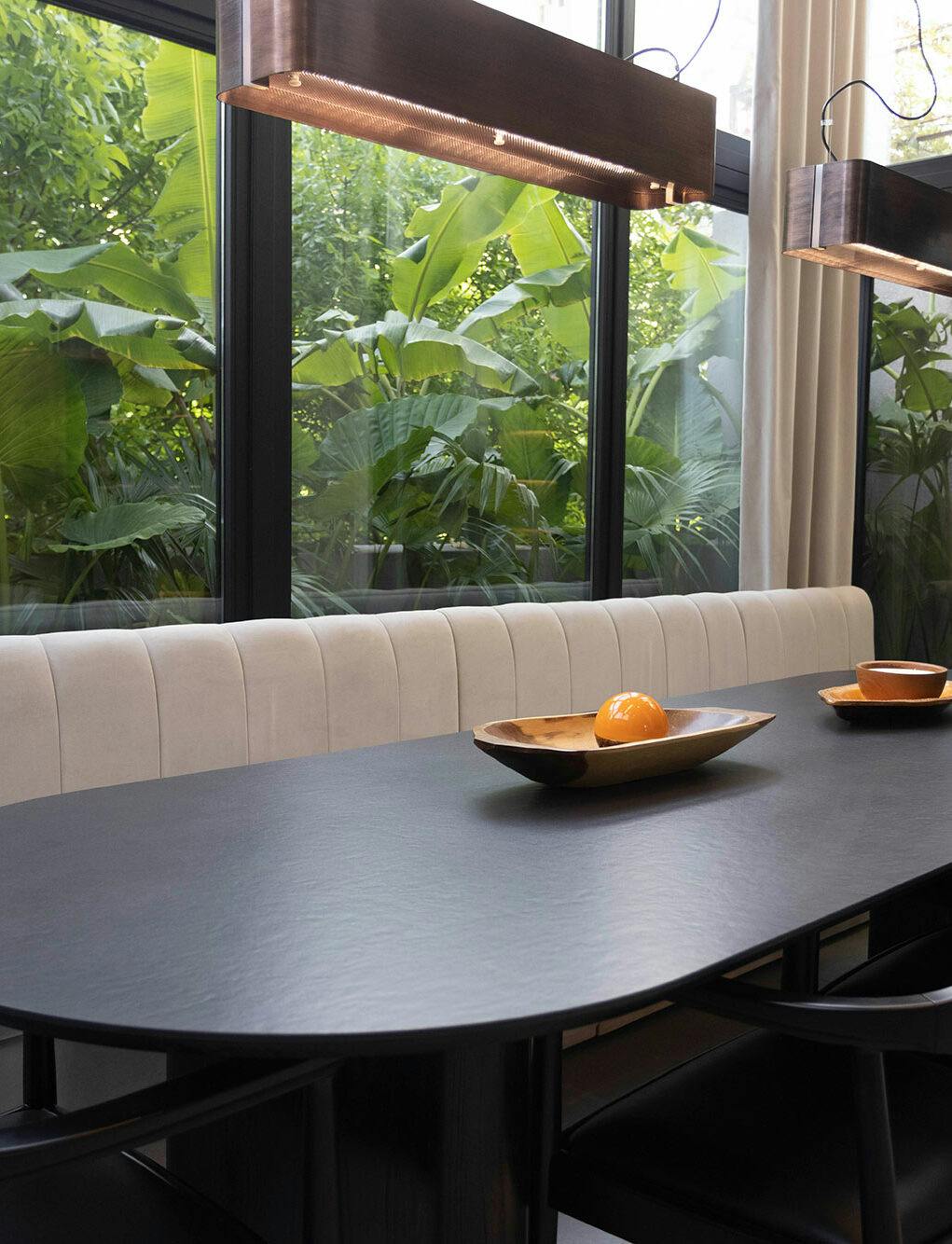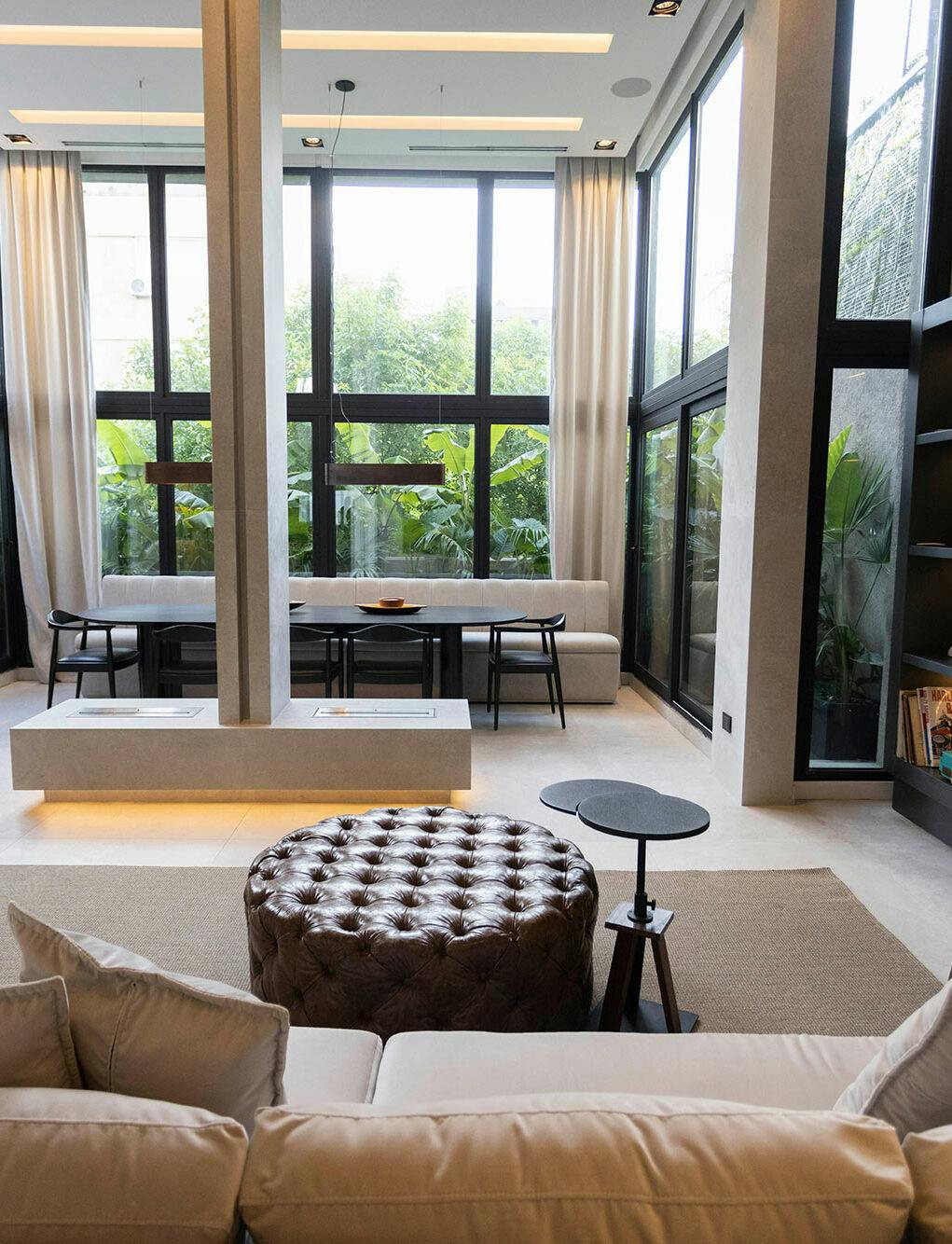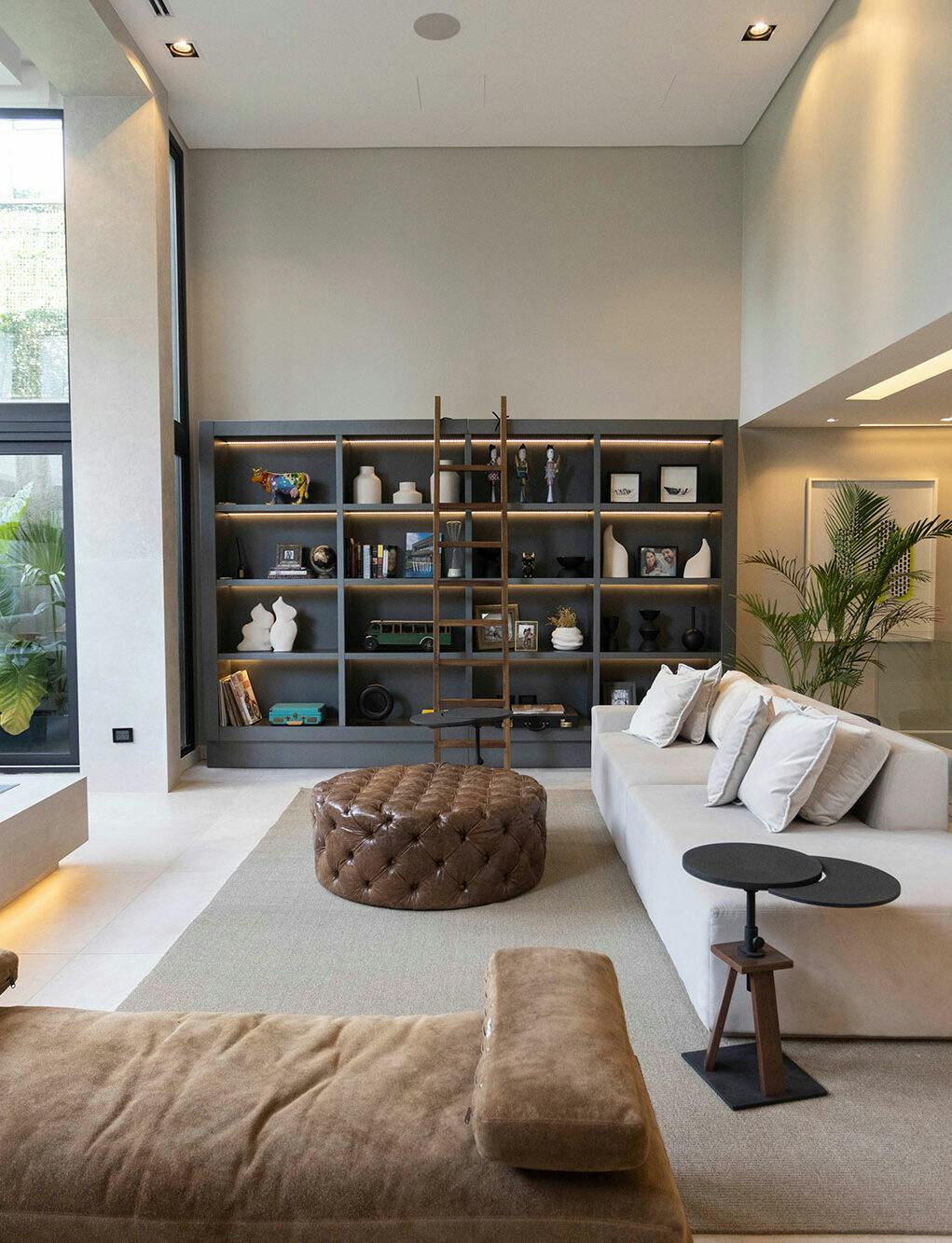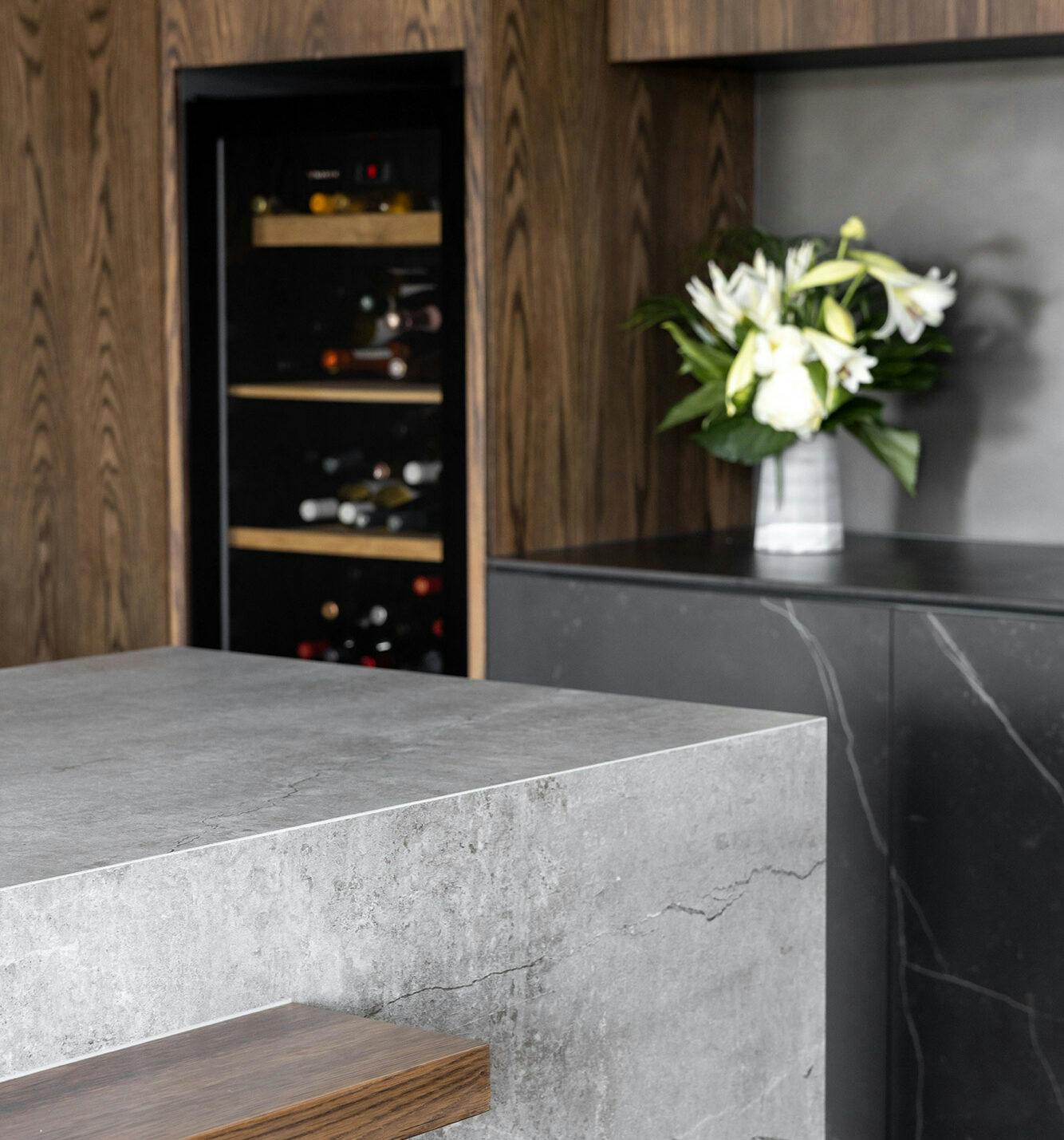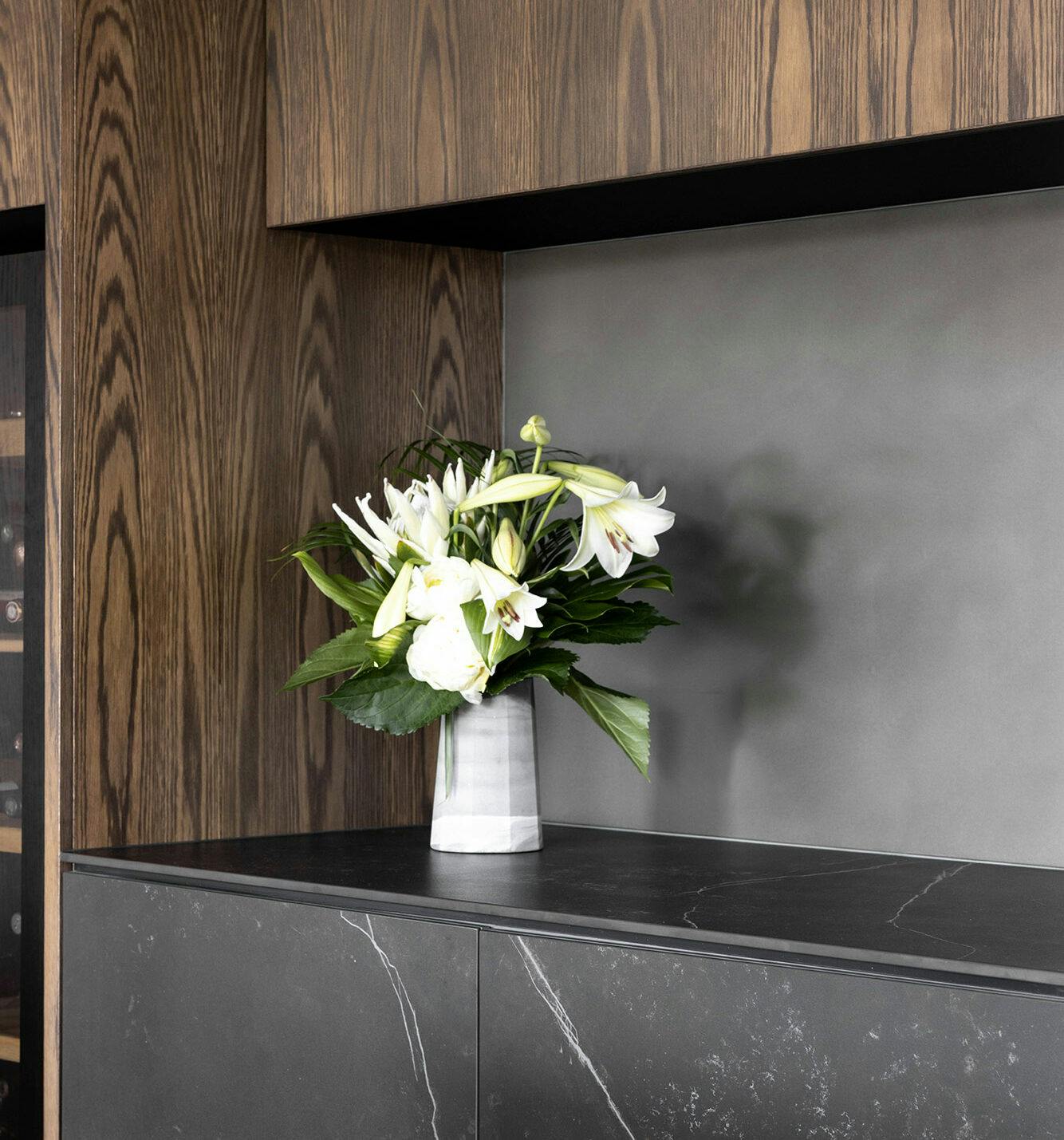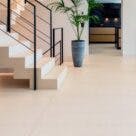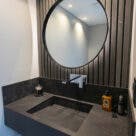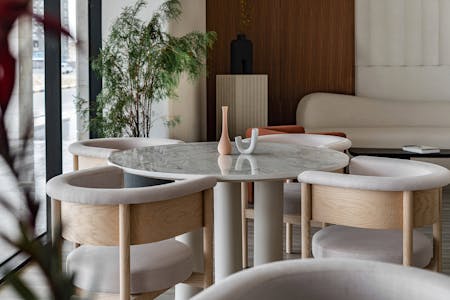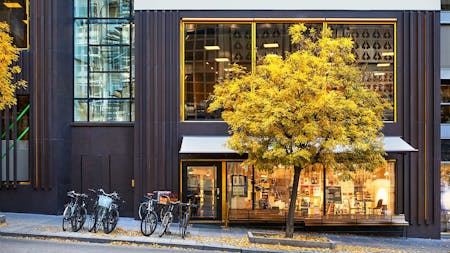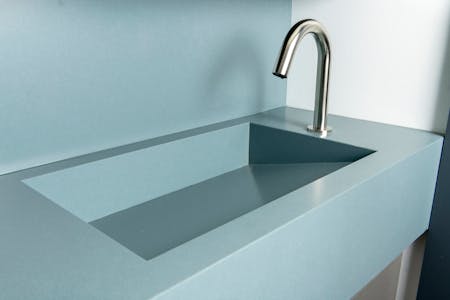Functional homes that blend in with their surroundings thanks to Dekton and Silestone
Home » Blog & Events » Functional homes that blend in with their surroundings thanks to Dekton and Silestone
Case Studies
Functional homes that blend in with their surroundings thanks to Dekton and Silestone
Joaquim Bragança, JBMM Arquitectos Lda.
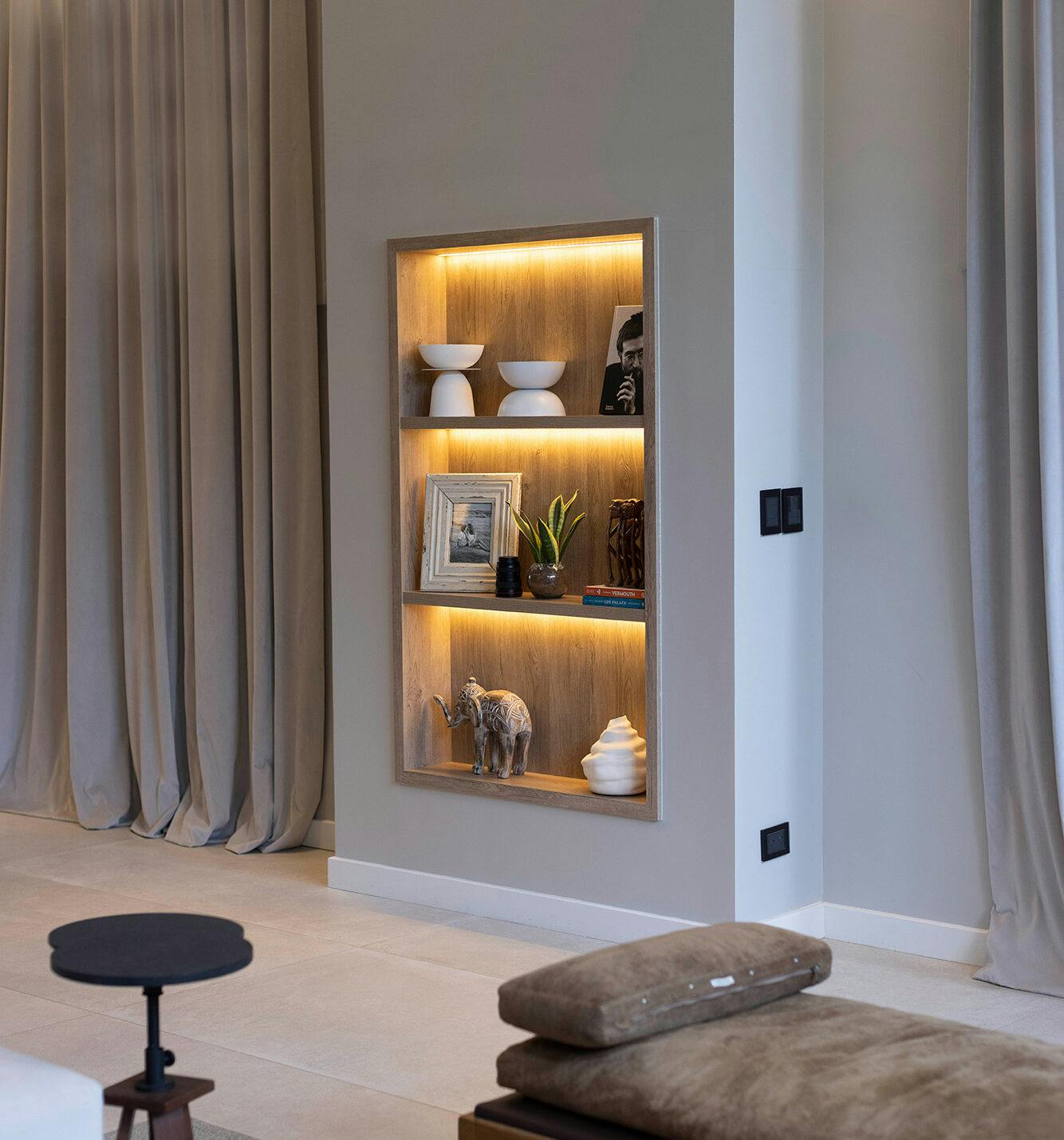
Location
Porto, Portugal
Material
Dekton / Silestone
Application
Façade, flooring, kitchen worktops
Quantity
1,680 m2
Thickness
4 mm, 8 mm / 20 mm
Architecture/Design
Joaquim Bragança, JBMM Arquitectos. Real Estate Development: SOLIVE
Цвят
Nayla, Tundra / Miami White
End date
2021
Photography
4seephoto
Over 90 comfortably designed homes
The Antas Build development is a residential project based in Alameda das Antas, in the heart of Porto. This contemporary complex designed by JBMM architects comprises a total of 93 houses and seven shopping and service areas and restaurants. ‘It covers a surface area of approximately 10,000 square metres and offers quality residential facilities that respond to the need for functional housing that meets current requirements at all levels – comfort, acoustic and thermal – as well as the aesthetic aspect and the expected urban framework,’ explains Joaquim Bragança, the studio’s architect.
The building also boasts an outdoor courtyard, located within the development, which is reserved for the exclusive use of the owners and which has been carefully landscaped. The ground floor consists of shops and services for the general public, ‘thus contributing to the revitalisation of this area under development of the Antas Detail Plan (Plan de Detalle de Antas),’ explains Bragança. In terms of aesthetics, both the façade and the interiors feature a refined design, with straight lines and materials in light shades. ‘Cosentino materials were mainly used for the cladding of the building’s façades and in the execution of the kitchens, but also for the balconies sills, as well as for parts of the flooring,’ he adds.
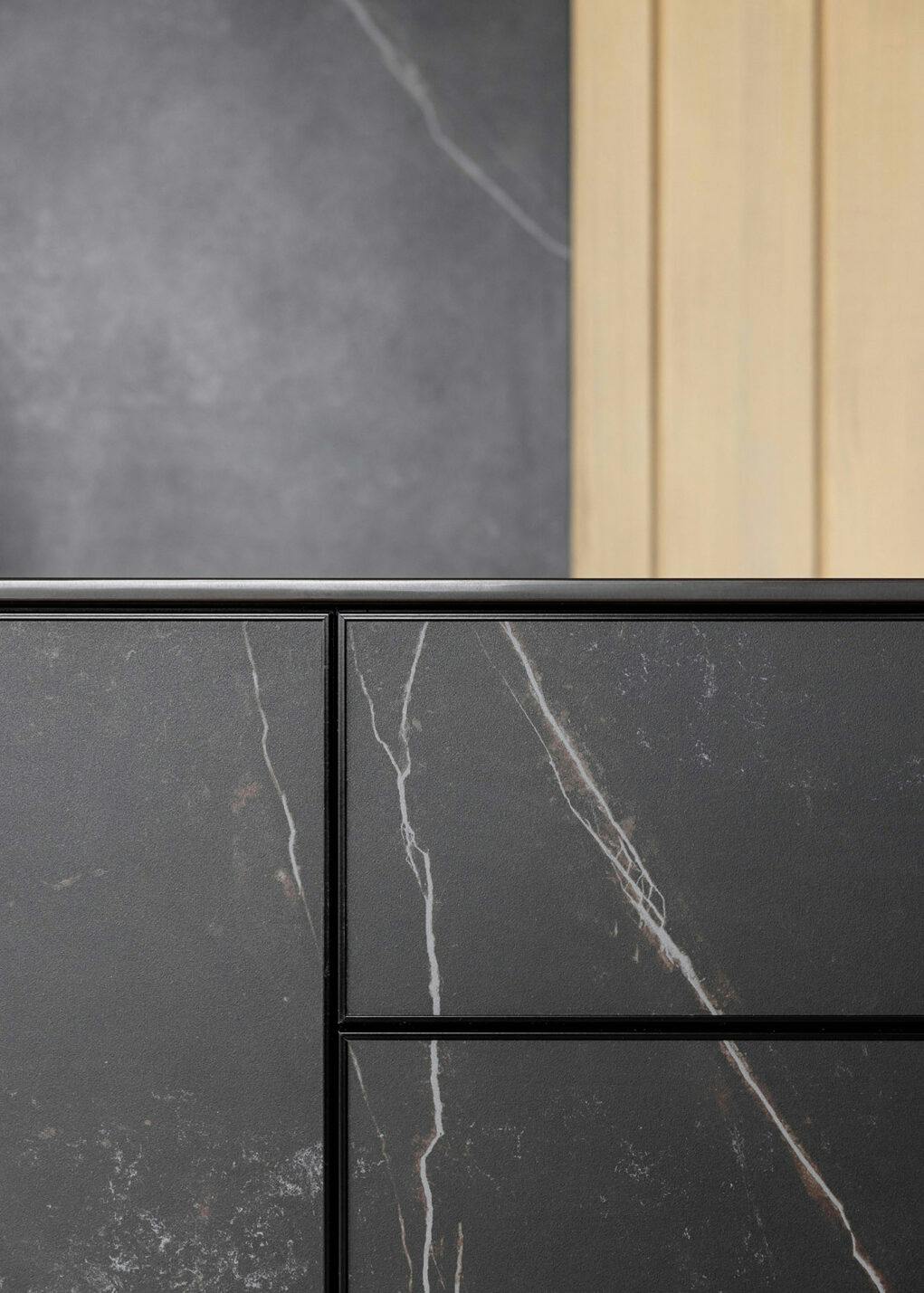
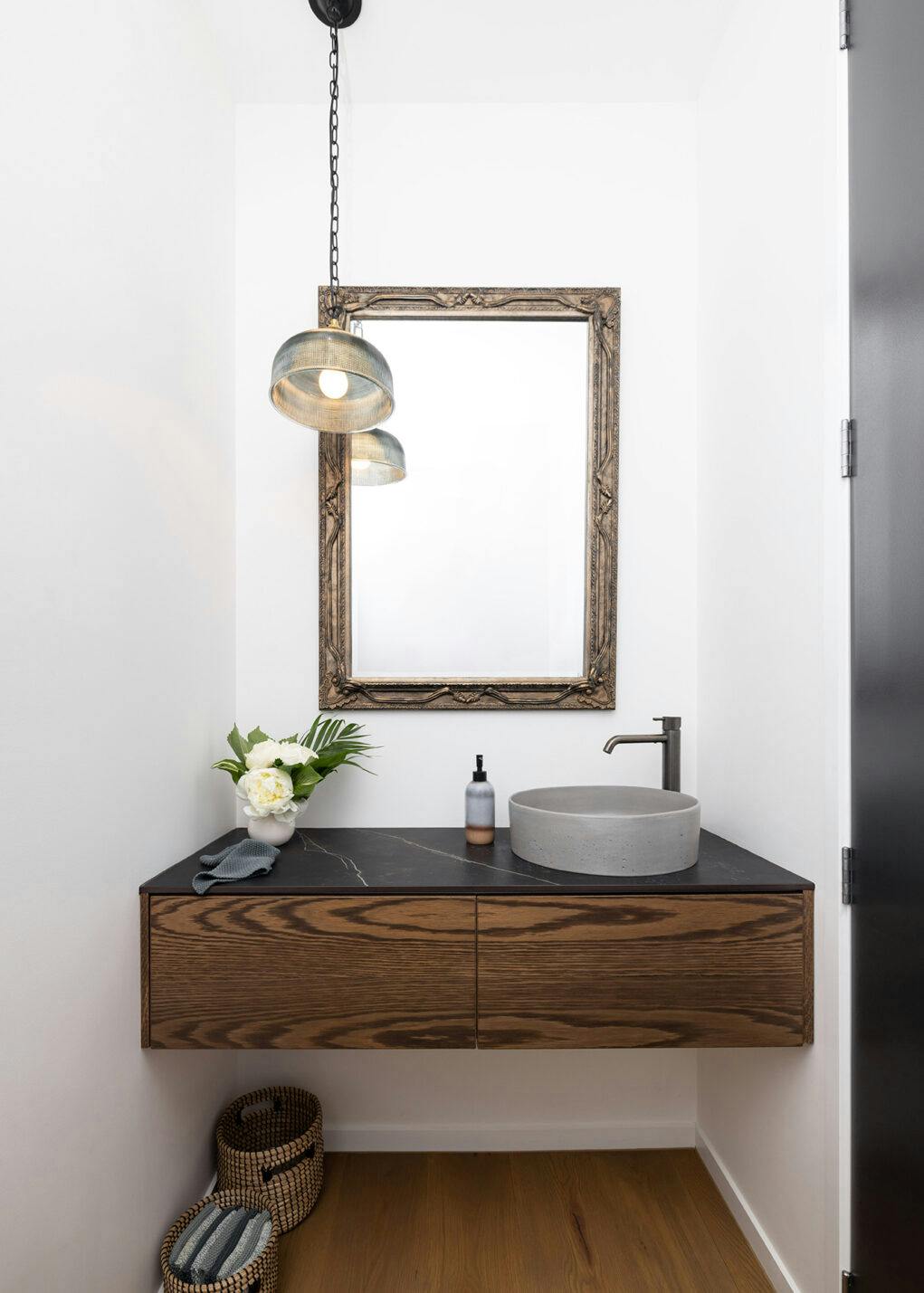
A pure white kitchen
‘Cosentino materials provided strong guarantees both aesthetically and in terms of the specifications of the type of fixing and construction details required, and also, specifically in the case of kitchens, to meet the demands of homebuyers,’ points out the architect. Specifically, Silestone Miami White was used in the kitchens, as it is a colour that conveys a great sense of purity with its clean, bright white.
Dekton as the main feature
While Dekton Tundra was placed on the floor, Dekton Nayla took centre stage on the façade thanks to its matt grained white that adds lots of character. ‘Dekton not only helped us to find a solution that would immediately comply with the limitations on finishes dictated by the Antas Detail Plan regulations, but would essentially comply with the proposed elevation design and the overall image of the building. The aim was to follow the stereotomy suggested in the architectural project, both in terms of the size of the pieces used and the type of construction details to be achieved with concealed fixing of the entire façade cladding,’ explains the architect in charge of the project. ‘It was also possible to use Dekton for the balcony sills and other features next to the exterior openings, helping to bring harmony to all the elements that make up the elevations along their entire length.’
Design focused on maximum use of the slab and adhesive bonding
The need for a seamless cladding without visible fixings was solved with a ventilated façade using an adhesive system, which allows the planner to freely place the pieces in any format and in any layout. Visible safety clips lacquered in a similar colour to the Dekton pieces were also included as additional fixings. The ventilated façade allows a continuous insulating layer to be installed on the supporting wall which, together with the ventilated air gap, contributes to increasing the thermal and acoustic comfort of the building, as well as to greater efficiency by reducing the energy required for air-conditioning.
Most of the formats used in the project were 1,400 x 3,170 mm, which means that the slab was used almost 100% and is therefore a highly competitive option from an economic point of view. To achieve this maximum use of the slab, it is essential that the architect follows the recommendations of the sales team.
The ideal solution
According to the studio, the most important properties of Dekton for architects to choose it as a material for the façade were, above all, the different formats available, the wide variety of finishes and the method of fixing the pieces. In addition, other characteristics of this surface make it ideal for both façades and kitchens, such as its high resistance to stains, scratches, temperature changes, as well as the sustainable properties of the material.
‘Dekton not only helped us to find a solution that would immediately comply with the limitations on finishes dictated by the Antas Detail Plan regulations, but would essentially comply with the proposed elevation design and the overall image of the building.’
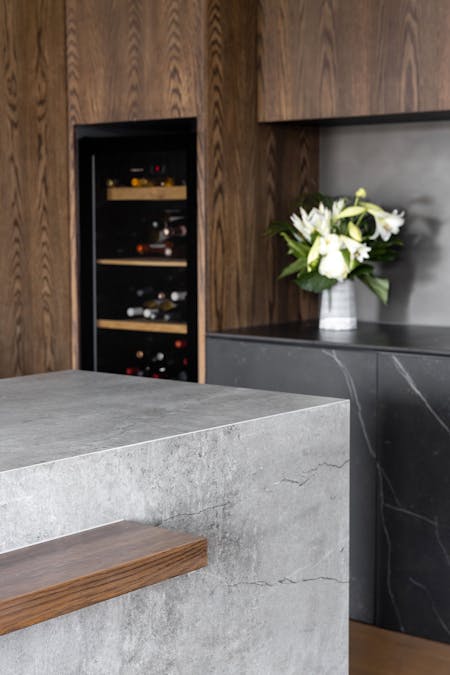
Joaquim Bragança
JBMM arquitectos

